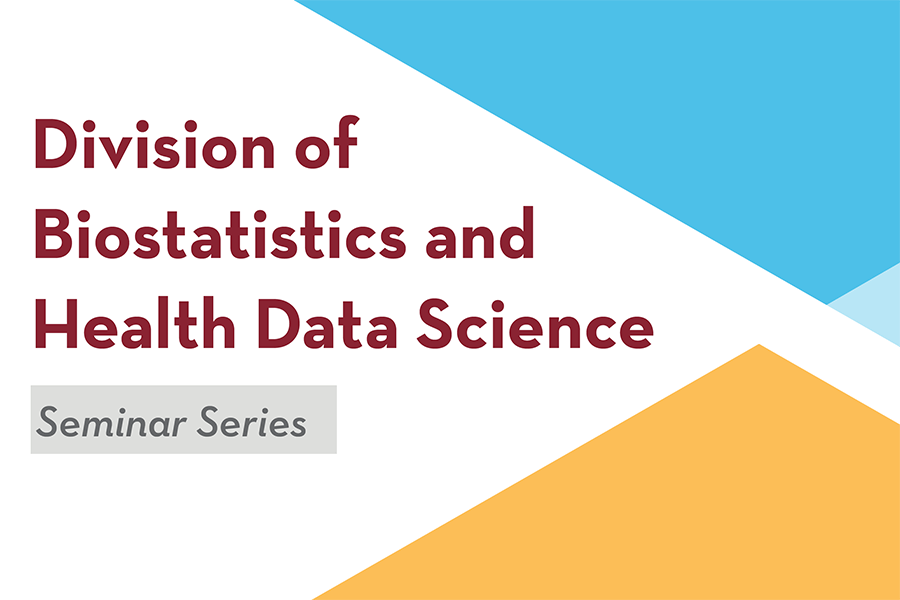The target trial framework for designing observational studies is often used in pharmacoepidemiology, however, its application can be complex when there is no active comparator available. Our aim is to propose various computationally feasible solutions for such studies following this framework. The numerical experiment is based on a real-world cohort of 73,070 individuals, taken from a dataset of nation-wide insurance claims. Part 1 of the analysis is to find a surrogate index date for the untreated arm. Proposed solutions in part 1 include using a median surrogate index date, conducting rejection sampling, using prediction models, and using a matching algorithm. Part 2 of the analysis is to assess bias by replicating previously published work using the results from part 1. The reference hazard ratio (HR) was 0.69 (95% CI 0.59 – 0.80). The naïve reference HR was 0.97. The HR after rejection sampling with and without trimming was 0.61 and 0.63, respectively. The HR using the median with and without trimming was 1.10 and 1.15, respectively. The HR using a prediction model and a matching algorithm was 0.96 and 1.07, respectively. The rejection sampling approach for selecting a surrogate index date provided results, which indicate low amounts bias. Other approaches indicate large amounts of bias, performing no better than a naïve approach. Extreme care should be taken when making study design decisions for observational research questions which lack an active comparator group.

- This event has passed.
BHDS Plan B Presentation with Katerine Giorgio
July 26, 2024 @ 3:00 pm - 4:00 pm CDT

